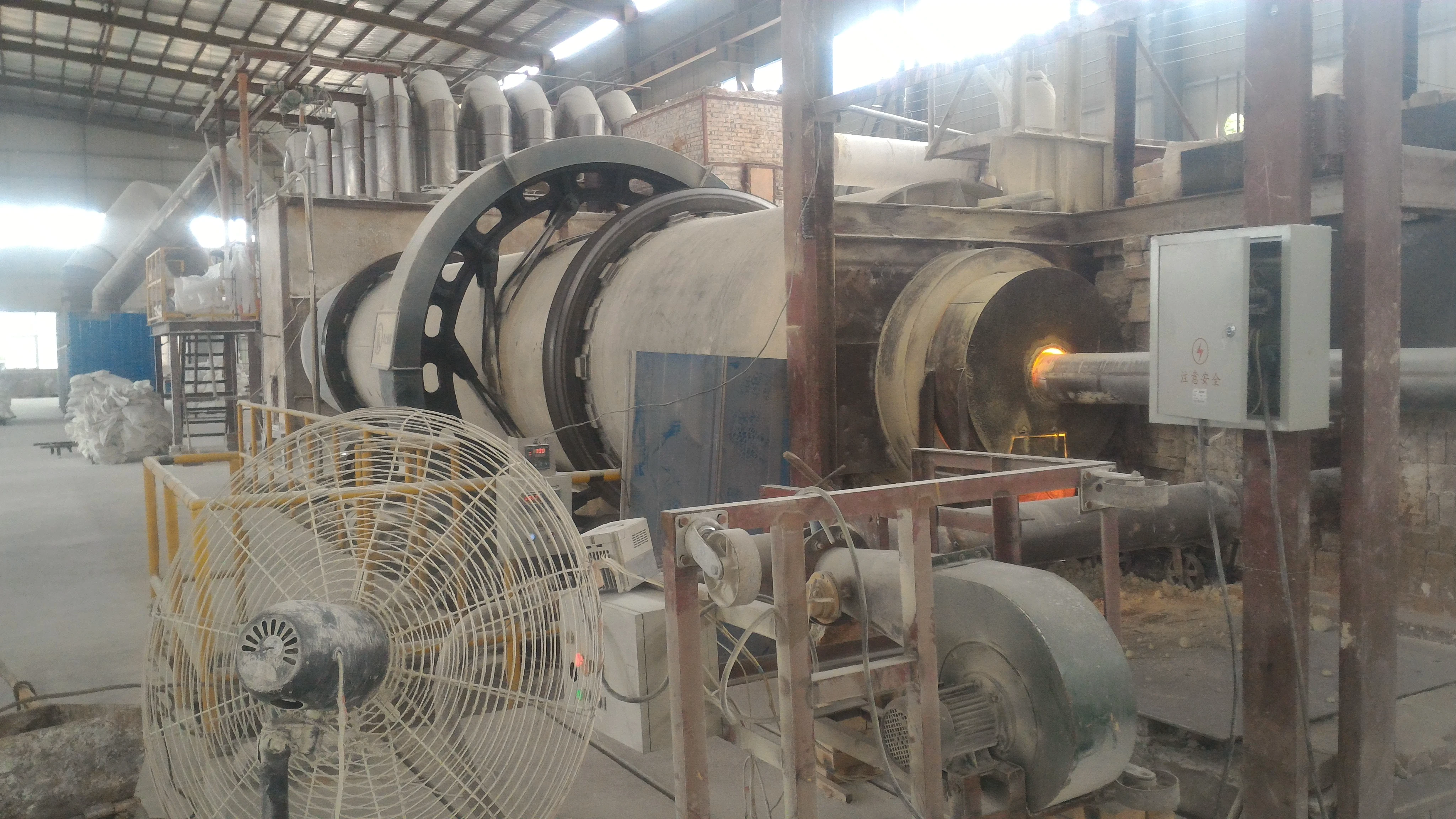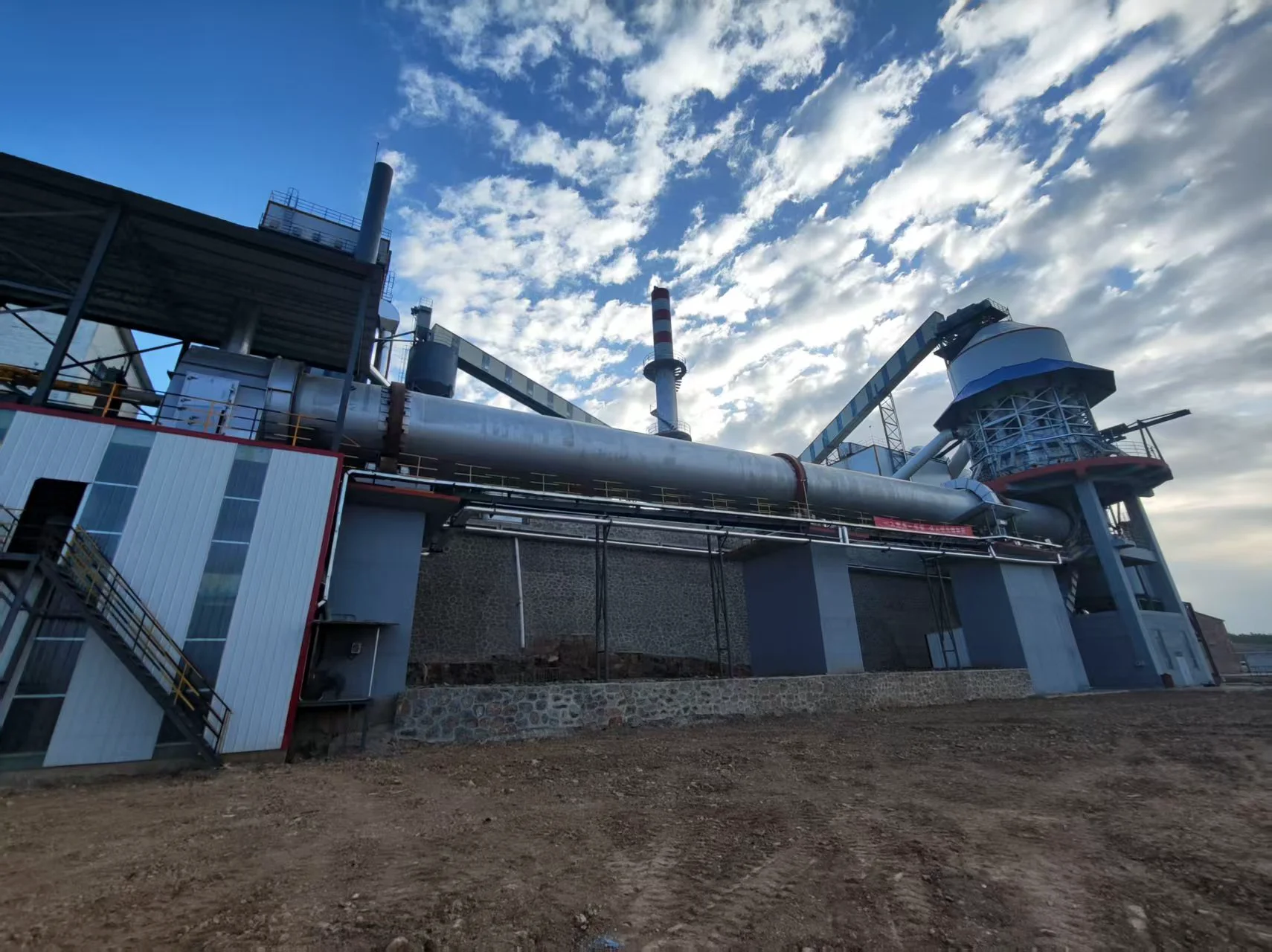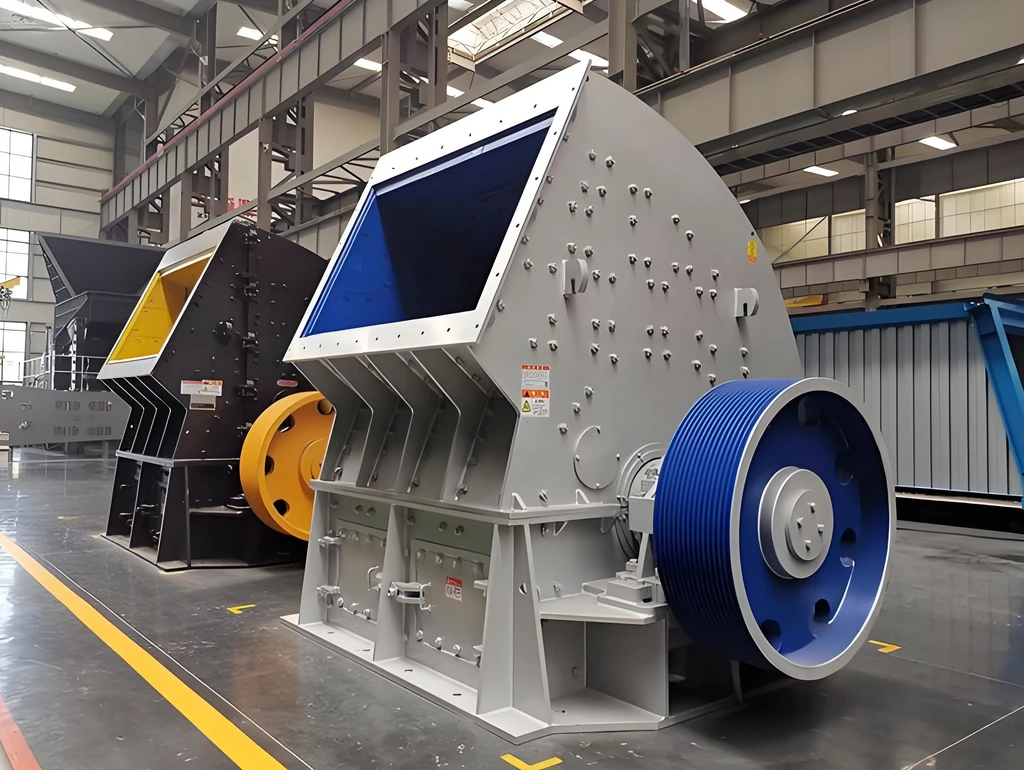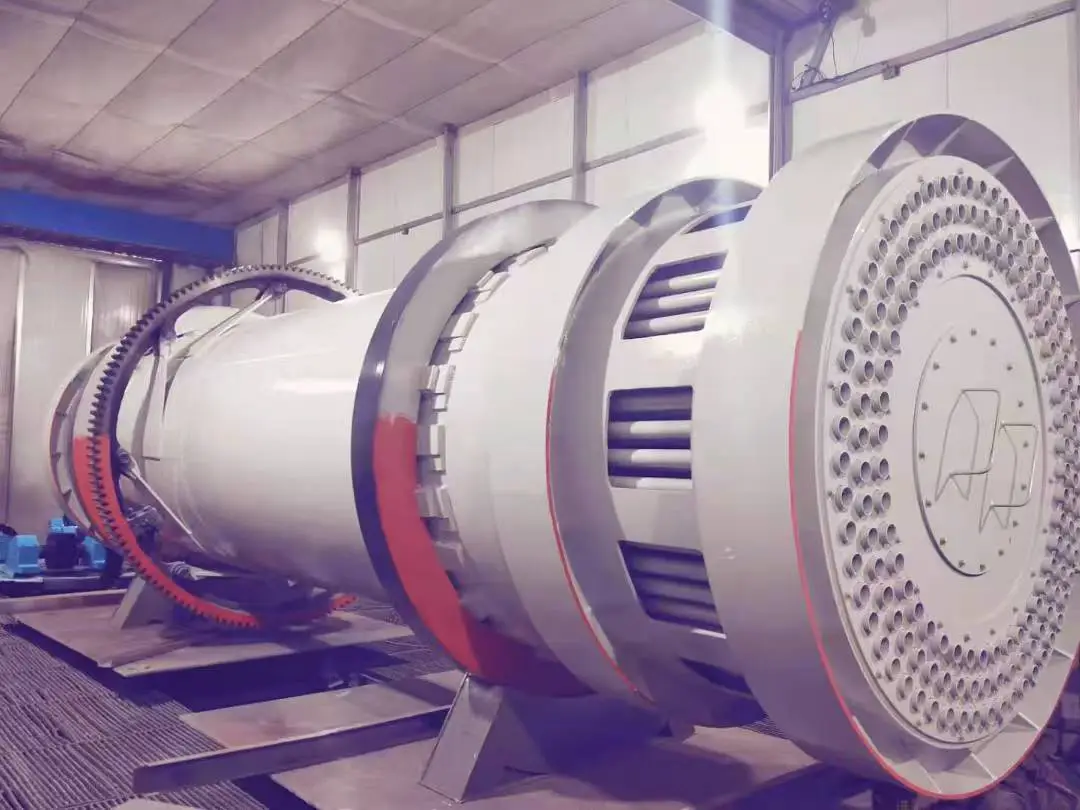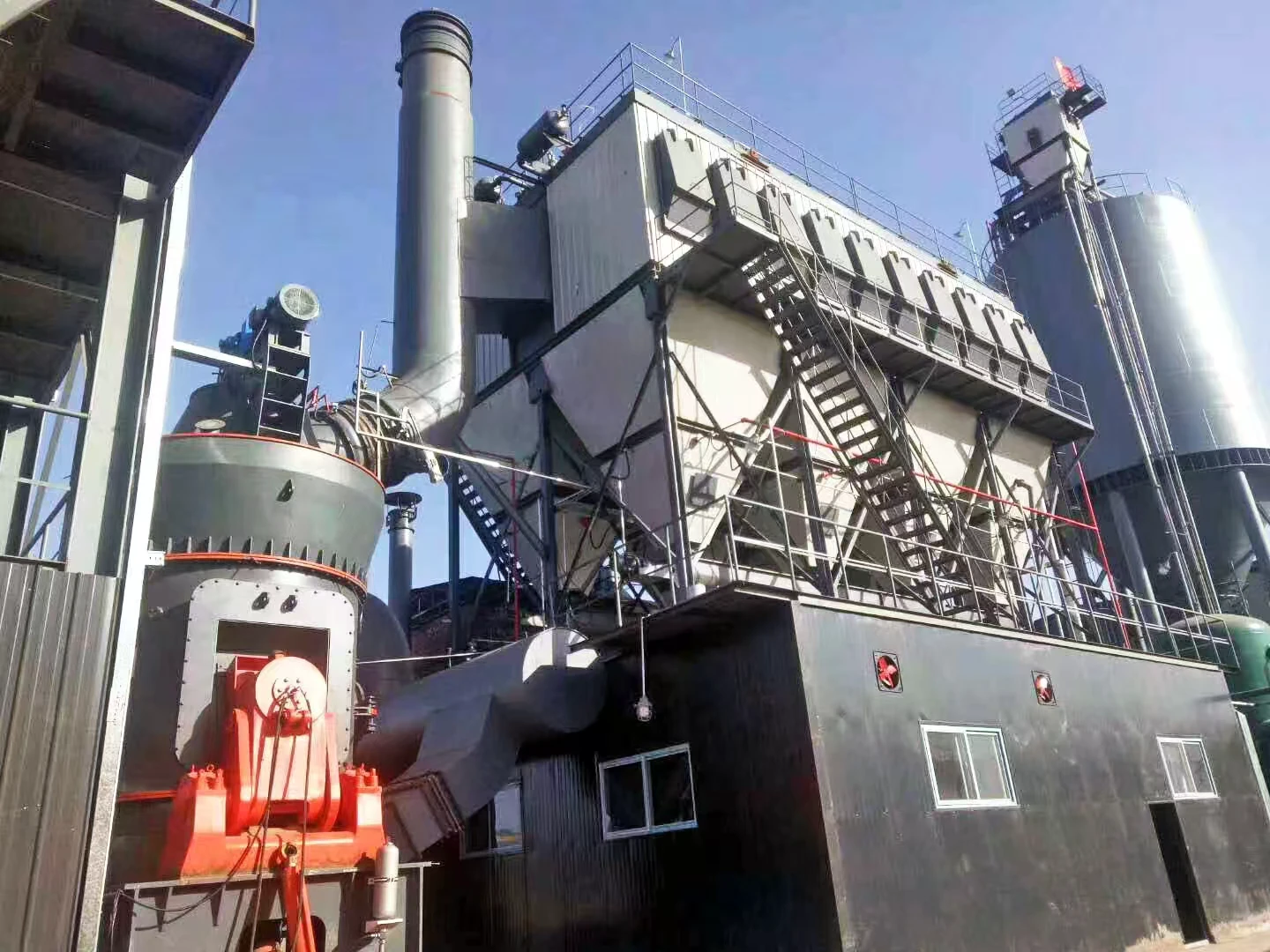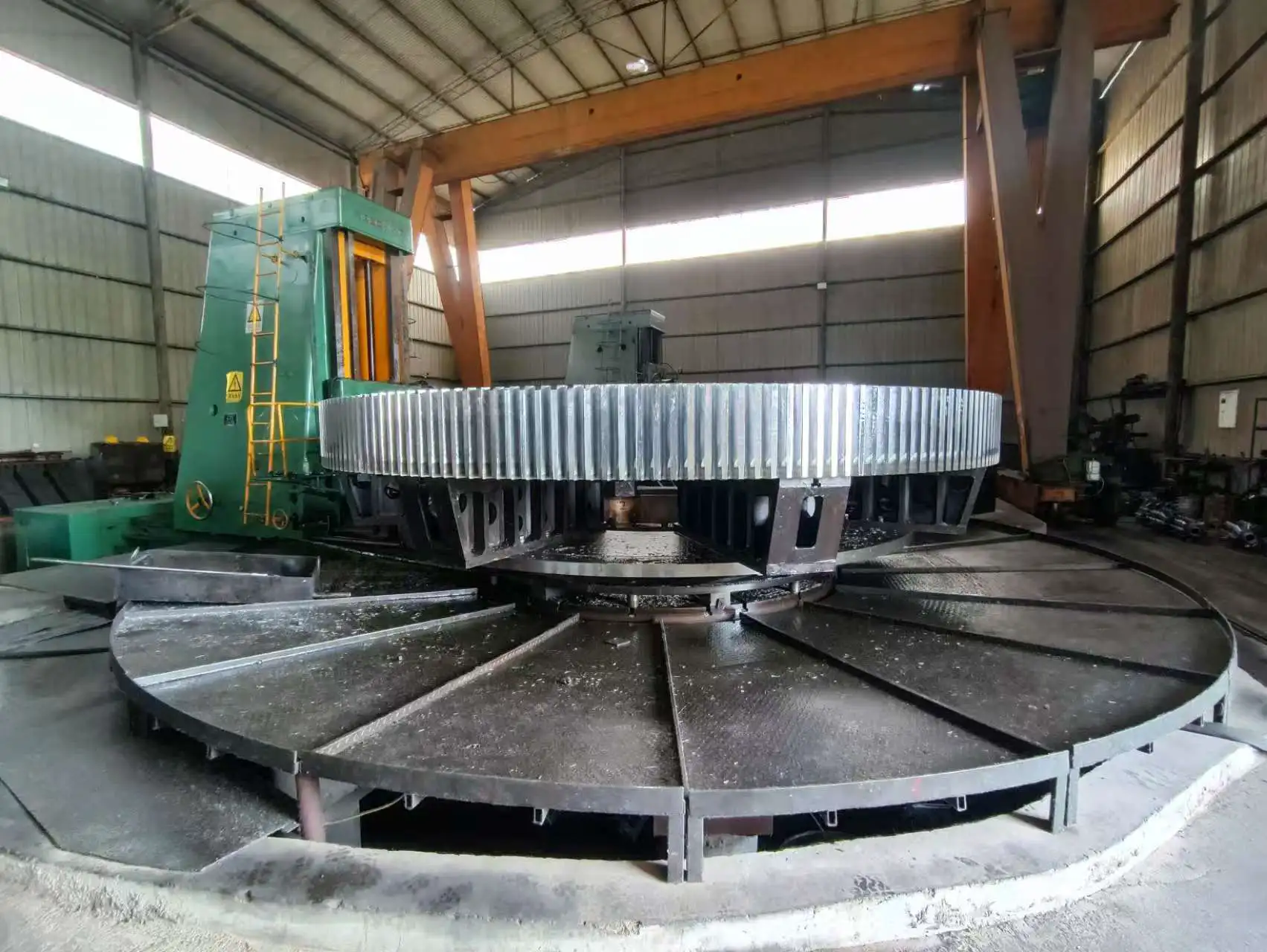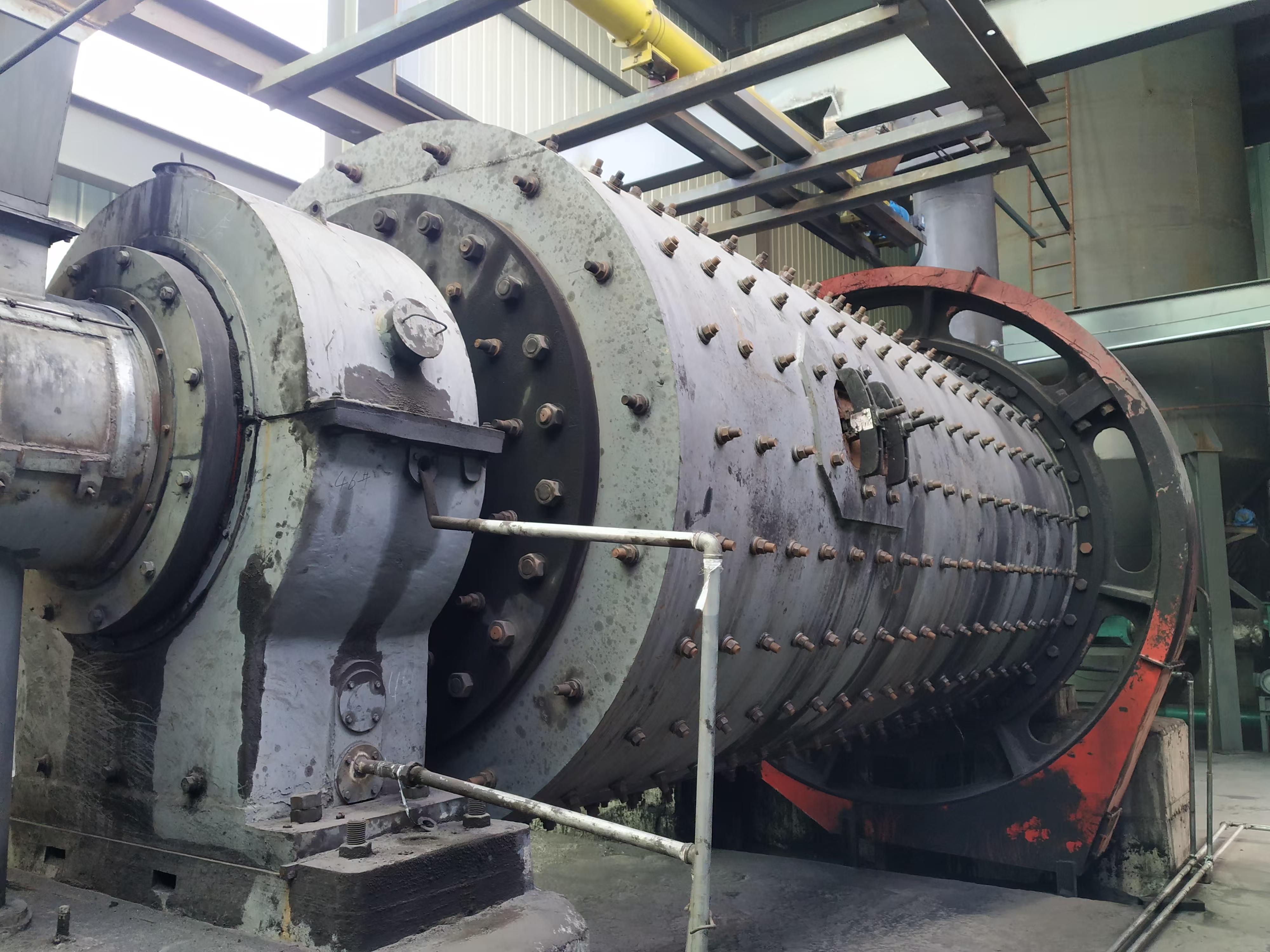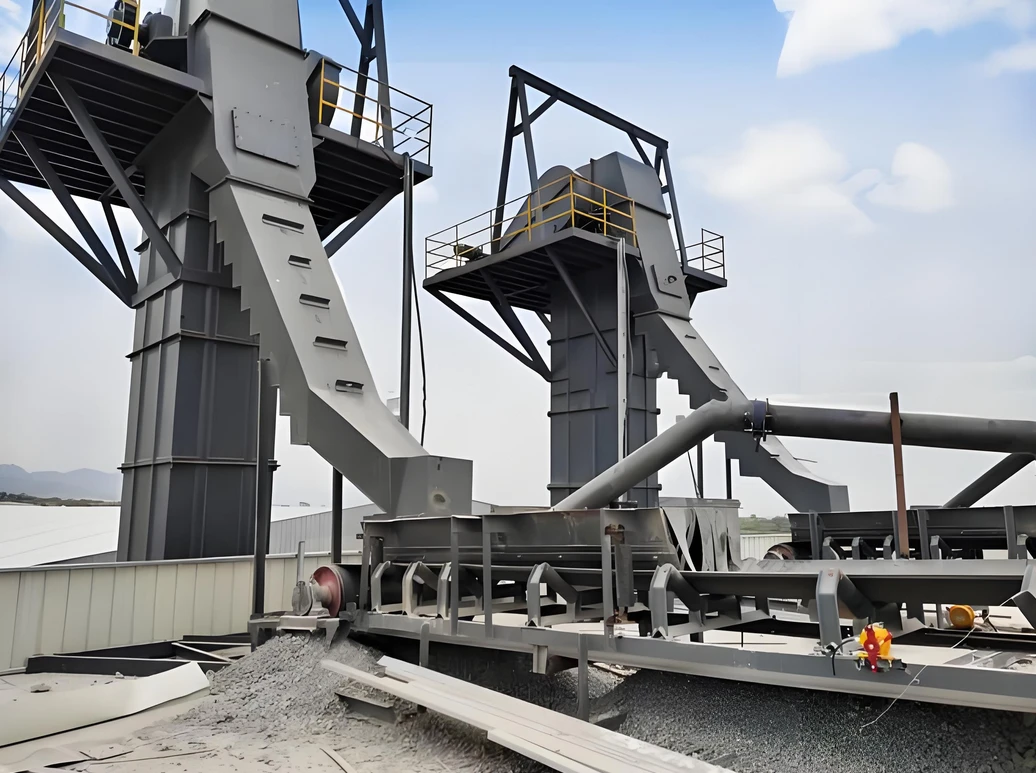1. Introduction to kaolin
The chemical formula of kaolin is: Al203·2Si02·2H20
Content: SiO2 45%, AlO3 38.42%, Fe2O3 0.31%, TiO2 0.78%
The specific gravity of kaolin is 2.5-2.6g/cm3, the loss on ignition is 14.28%, the whiteness is ≥94, and the oil absorption (g/100g) is 40-45
The pH value of kaolin is 6-7, and it changes to between 5-6 after calcination.
Dehydroxylation and dehydration reactions are the main chemical changes that occur during the calcination of kaolin. In the process of calcination from low temperature to high temperature, the crystal phase of kaolin changes, and it is kaolin, metakaolin and kaolin containing spinel in turn.
Calcined kaolin mainly refers to hard coal-based kaolin (kaolinite), which removes carbon and improves whiteness.
2. Kaolin at different temperatures
1. When kaolin is calcined to 80℃, the surface adsorbed water is removed, and when calcined to 150℃, the inner layer adsorbed water is removed.
2. When kaolin is calcined to 550℃, it is dehydroxylated. The dehydroxylated kaolin is highly active and more easily reacts with organosilane.
3. When the temperature of kaolin reaches 850℃, the crystal structure shows that it has begun to transform into metakaolin.
4. When the temperature of kaolin reaches 1000℃, a new crystal phase is formed. (Silica-alumina spinel)
5. When the temperature of kaolin reaches 1200℃-1400℃, the mineral crystals are oblique or columnar, with high hardness, high mechanical strength, good thermal stability, and can be used as advanced refractory materials.
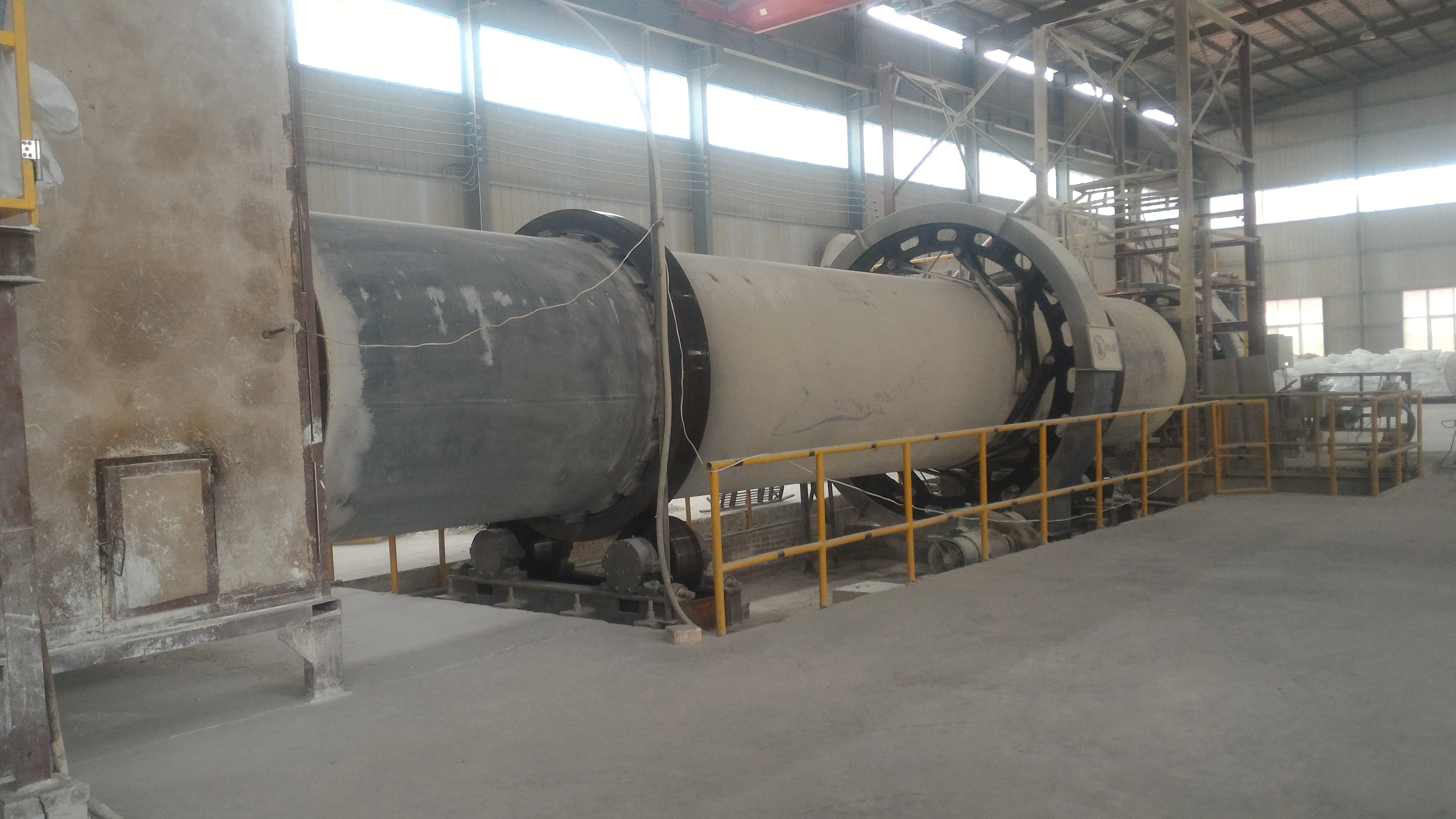
3. Uses of kaolin:
1. Dehydroxylated calcined kaolin is used as filler for cables, plastics (to increase the smoothness of the surface) and rubber seals.
2. Kaolin calcined at 1000℃ can replace TiO2 and be used as filler for paper (about 60% of the world's fine clay is used for papermaking).
3. Kaolin calcined at 1300-1525℃ can be used as filler for refractory products (high temperature resistant porcelain parts, aerospace, etc.).
IV. Rotary kiln calcination instructions
1. Kaolin is screened before calcination. The 3-50mm kaolin is screened into 3 specifications: 30mm-50mm; 10mm-30mm; 3mm-10mm; 3mm or less is produced by a ball press to produce 30mm pellets.
2. Materials of different sizes need to be calcined in batches to ensure that each piece of material can fully absorb heat, avoid large pieces of material being caught, and small pieces of material being dead burned, thereby increasing the overburning rate of the material.
3. A vibrating feeder is used for feeding, and the feeding amount is controlled by amplitude; a large-angle conveyor is used for transportation. The belt conveyor can greatly reduce the maintenance amount, and the large-angle conveyor can save more space and make the site layout more compact.
4. The burner uses the HK series multi-channel natural gas burner, and the air intake valve controls the air intake volume. The air intake pressure gauge monitors the weather heat pressure (25-30kpa); the flame distance and flame intensity are controlled by air volume adjustment; a temperature detection system is set in the kiln, and the temperature can be controlled by air intake and air volume adjustment according to actual production needs.
5. A three-stage dust removal system is used for dust removal. First, double cyclone dust removal is used to remove large particles of dust and reduce the exhaust temperature. Secondly, multi-tube cooling dust removal is used to mainly reduce the exhaust temperature. The temperature of the multi-tube outlet is lower than 120℃. The third stage uses a pulse dust removal system, which mainly filters micropowder to make its emissions meet international standards.
6. A spray drum cooler is used for cooling. A wastewater recovery pool is set under the cooler. The cooling water can be recycled to reduce water waste.
